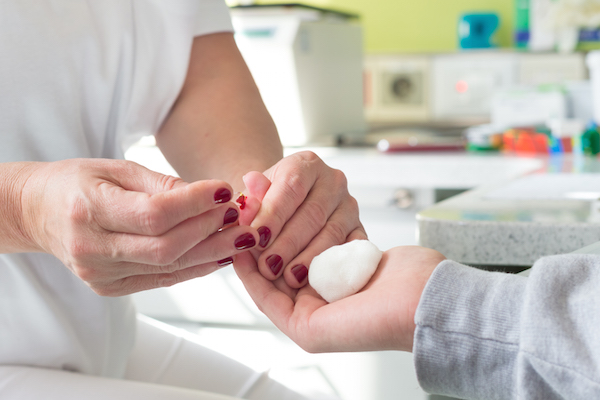
FRIDAY, June 19, 2015 (HealthDay News) — Before heading out to ride some waves, surfers should take important safety precautions into account, says the National Surf Schools & Instructors Association.
It’s sounds obvious, but know how to swim. And only surf at lifeguarded beaches, the association advises. And don’t stray too far from the guard on duty.
Vital information about wave height, tides, jellyfish and other sea pests is often posted near lifeguard stands as well. In some cases, colored flags indicate safe or unsafe water conditions.
Also, know how to recognize and get out of a rip current, or riptide, a potentially deadly water condition. Riptides form when water comes together in a narrow, river-like current as it moves away from the shore out to sea.
Rip currents can be more than 50 feet to 50 yards wide and flow up to hundreds of yards offshore. They’re involved in about 80 percent of all lifeguard rescues at surf beaches in the United States, the association says.
If you’re caught in a rip current, don’t fight it. Instead, try to tread water and float, and call or wave your arms for help. Alternatively, swim parallel to shore until you’re out of the current or it relaxes. Then you can swim to shore.
Aside from rip currents, there are other dangers to consider when surfing. To avoid head and neck injury, surfers falling off their board should try to fall flat and extend their hands out in front of them.
Always use a board with a leash, the surfing association advises. Leashes, which typically attach to the ankle or thigh, can help surfers who are disoriented under waves find the surface.
Leashes can also help prevent loose boards from drifting and hurting another surfer or swimmers near the shore. If you worry about becoming entangled in a leash, you might want to consider using a breakaway leash.
Leashes are not lifesaving devices, however. Surfers must know their limitations, the surfing association cautions. Never surf in waves that seem dangerous. It’s also smart to surf with at least one other person who can provide assistance in an emergency.
More information
The U.S. National Oceanic and Atmospheric Administration provides more information on rip currents.
Copyright © 2025 HealthDay. All rights reserved.

